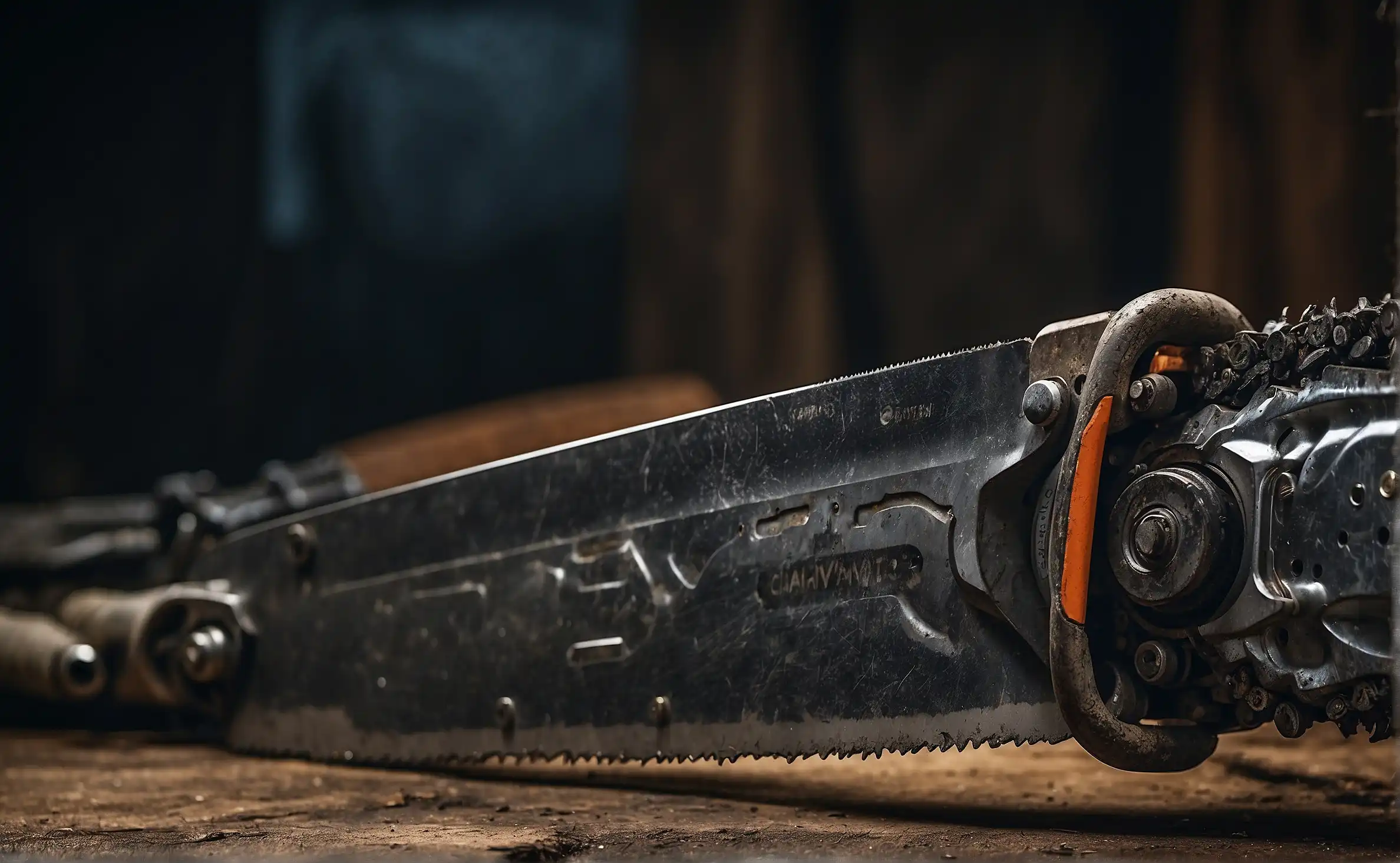The chainsaw blade goes with the cutting teeth pointing forward on the top and backward on the bottom, ensuring effective cutting motion.
If you’re a homeowner, professional logger, or an outdoor enthusiast venturing into the world of woodworking or tree felling, understanding the ins and outs of your chainsaw is critical for performance and safety. One of the most common questions is about the chainsaw blade direction: Which way should the chain be facing, and why does it matter? In this article, we’ll dive deep into the importance of having your chainsaw blade in the correct direction, how to identify it, and the consequences of getting it wrong.
Why Chainsaw Blade Direction Matters
Before we explore the specifics, let’s discuss why the direction is crucial:
- Efficiency: A correctly installed chainsaw blade will cut through wood cleanly and with less effort.
- Safety: An incorrectly installed blade can increase the risk of kickback, which is a leading cause of chainsaw-related injuries.
- Longevity: Using the chainsaw with a blade that’s facing the wrong direction can cause unnecessary wear and damage to both the chain and the saw itself.
Identifying the Correct Chainsaw Blade Direction
To ensure you have your chainsaw directed the right way, follow these simple steps:
- Locate the cutting teeth, which are the sharp, pointed portions designed to slice into the wood.
- Check if the sharp edge of each tooth, known as the cutting edge, is facing forwards on the top side of the chain’s loop.
- Make sure the cutting teeth are positioned to move in a clockwise direction when looking at the saw from the operating position.
Note: Most chainsaws have a diagram imprinted on the saw body or blade cover that shows the correct directional orientation of the chain.
Visual Guide to Correct Blade Direction
| Chain Part | Correct Direction Indicator |
|---|---|
| Top Edge | Teeth point forwards |
| Drive Links | Face towards the front of the saw |
| Guide Bar | Teeth move in a clockwise direction around it |
Table illustrating the correct direction of chainsaw parts for optimal performance.
Learn: What Direction Does a Chainsaw Blade Go on
Consequences of Incorrect Blade Direction
Installing your chainsaw blade in the wrong direction can result in a variety of issues:
- The chainsaw will struggle to cut, creating a dangerous scenario as you apply additional pressure.
- Excessive wear on the chain and guide bar can lead to frequent replacements and higher costs.
- Your chainsaw may stall during cutting, potentially causing injury due to unexpected behavior.
Final Thoughts on Chainsaw Blade Direction
Operating a chainsaw requires respect for the machinery and an understanding of all its parts. Ensuring your chainsaw blade is in the correct direction is not just a matter of cutting efficiency, but also of safety and equipment longevity. Regularly check your chainsaw blade before usage. Remember, the chain’s sharp edges should always move towards the wood on the top of the guide bar.
Stay safe and make sure to maintain your chainsaw by keeping the blade sharp, well-oiled, and correctly oriented. Fuel your chainsaw curiosity with our expertly crafted articles in the Knowledge section at Chainsaw Hive. Happy cutting!
